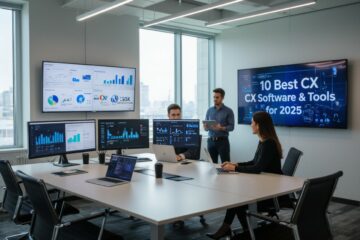Most businesses today face a rapidly evolving retail landscape that demands adaptability and foresight. In 2025, you will need to be attuned to shifts in consumer behavior, the rise of sustainability initiatives, and advances in technology integration. By understanding these key trends, you can position your business to not only survive but thrive in an increasingly competitive market. Prepare for a future where customer experience and operational efficiency are paramount to your success.
The Rise of E-commerce
Growth Statistics and Trends
On the verge of 2025, e-commerce continues to thrive, with projections suggesting a growth rate of over 15% annually. This surge is fueled by an increased reliance on online shopping, positioning digital sales to account for more than 25% of total retail sales by next year. As consumers embrace this digital shopping experience, your business must adapt to these rapidly changing dynamics.
Impact of Mobile Shopping
Ecommerce has redefined how you shop, with over 70% of online sales now occurring via mobile devices. This trend highlights the necessity for businesses to optimize their mobile platforms to enhance user experience and streamline purchases.
As more customers turn to smartphones and tablets for shopping, it’s important to ensure that your website is mobile-friendly. A responsive design not only improves accessibility but also can significantly lower cart abandonment rates. By investing in mobile optimization, you can cater to a wider audience and increase your conversion rates.
Influencer Marketing in E-commerce
Among the various strategies enhancing e-commerce growth, influencer marketing has emerged as a dominant force. It’s estimated that nearly 70% of shoppers are influenced by the recommendations of their favorite social media personalities.
Considering the trust and authenticity that influencers hold with their followers, partnering with them can significantly boost your brand’s visibility and credibility. By aligning your products with the right influencers, you can tap into their dedicated audience, yielding higher engagement and conversion rates. This approach not only broadens your reach but also cultivates a more personalized shopping experience for your consumers.
Consumer Behavior Shifts
It is evident that understanding consumer behavior shifts has never been more important for retailers. As you prepare for the evolving landscape of 2025, consider the insights from 8 Top Retail Trends for 2024: Prepare for the Future of Retail. Being adaptable and responsive to these changes will be vital for your business’s success.
Post-Pandemic Shopping Habits
To navigate the post-pandemic landscape, you must adapt to the changes in shopping habits. Customers now lean towards online shopping yet appreciate the option for in-store experiences. Combining these channels effectively will enhance customer engagement and loyalty.
Demand for Sustainable Products
Behavior shows a marked shift towards environmentally friendly products. You’ll find that consumers are increasingly prioritizing sustainability in their purchases. This shift encourages businesses to integrate eco-friendly practices into their operations.
It is important to recognize that consumers are willing to support brands that align with their values. As you assess your offerings, consider incorporating sustainable materials and promoting ethical practices. By doing so, you not only attract environmentally conscious customers but can also boost your brand reputation.
The Role of Personalization
Among the key trends in 2025, personalization stands out as a potent tool to connect with your audience. Tailoring your marketing efforts and product offerings to suit customer preferences can enhance the shopping experience significantly.
Personalization is necessary for building strong customer relationships. When you implement personalized strategies, such as custom recommendations and targeted messaging, you create a deeper connection with consumers. This approach not only drives engagement but can also lead to higher conversion rates and customer loyalty.
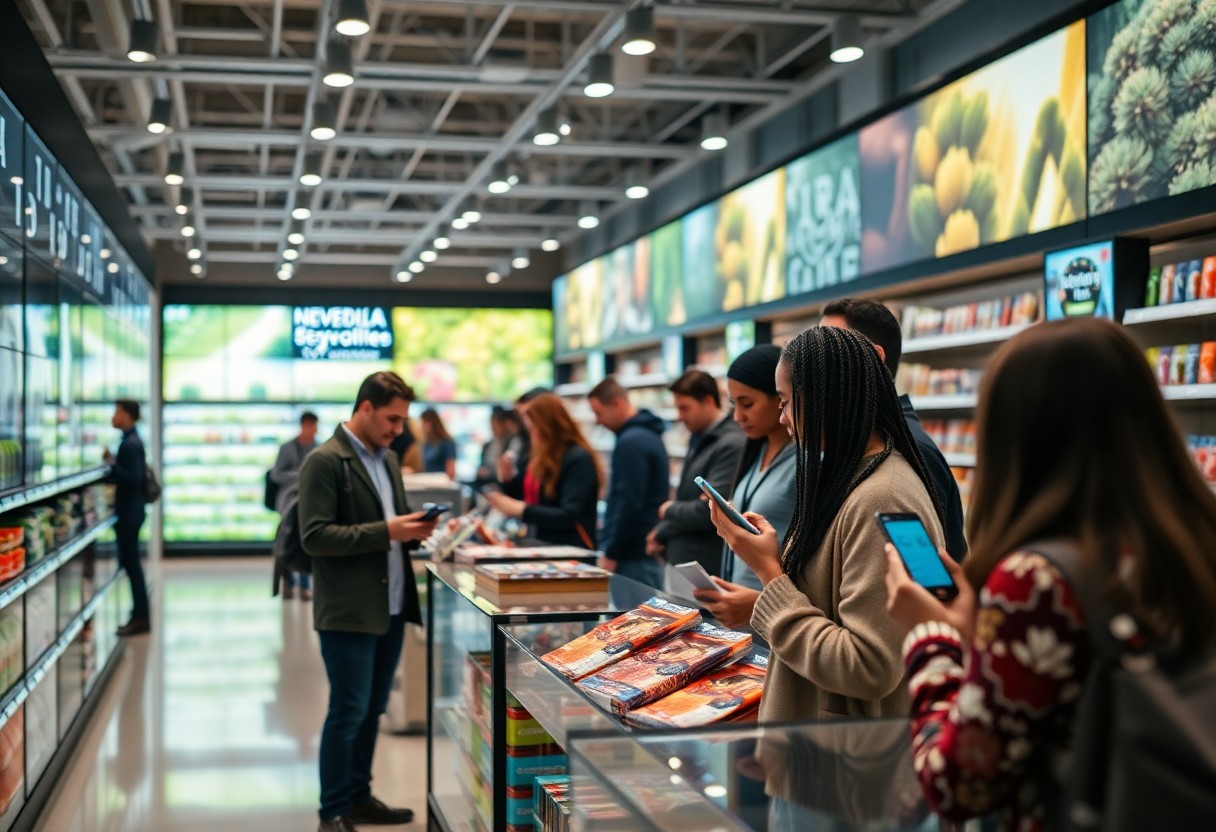
Technology Innovations
Now, as you look ahead to 2025, it’s vital to embrace emerging technology innovations that will shape the retail landscape. Companies that adapt to these advancements will not only enhance customer experiences but also optimize operational efficiency, driving growth in an increasingly competitive market.
Artificial Intelligence in Retail
Among the most striking developments, the incorporation of artificial intelligence (AI) into retail operations is transforming how businesses interact with customers. From personalized product recommendations to chatbots that provide instant support, AI is revolutionizing your engagement strategy, leading to improved customer satisfaction and loyalty.
Augmented Reality Shopping Experiences
Below the surface, augmented reality (AR) is emerging as a game-changer in the retail sector. This innovative technology allows customers to visualize products in their own spaces, enhancing their purchasing confidence and creating a more immersive shopping experience.
In addition, AR offers your customers the ability to try on clothing or visualize furniture in their homes through their smartphones. This interactive experience not only engages shoppers but also fosters a sense of connection with your brand. By integrating AR, you can create memorable shopping moments, leading to increased sales and customer retention.
Automation and Supply Chain Efficiency
Chain optimization through automation is set to redefine how you manage your supply chain in 2025. With advanced systems and software, you can streamline operations, reduce errors, and enhance communication across all levels of your organization.
Even more, by implementing automated tools for inventory management, order fulfillment, and logistics, you position your business to respond quickly to market demands. This not only saves time but also minimizes waste, resulting in significant cost savings and a more sustainable business model. Embracing automation will empower you to focus on growth and innovation, keeping you ahead of the competition.
Omnichannel Retail Strategies
Your approach to retail in 2025 must embrace the concept of omnichannel strategies, which effectively integrate all customer touchpoints. By uniting your online and offline channels, you create a seamless shopping experience that caters to the modern consumer’s needs.
Integration of Online and Offline Channels
The integration of online and offline channels is important for businesses looking to enhance customer engagement. By ensuring consistency in branding, messaging, and pricing across platforms, you enable your customers to switch between online and physical stores without any disruptions, facilitating a more cohesive shopping journey.
Importance of Customer Experience
Against a backdrop of competitive retail landscapes, prioritizing customer experience is vital for fostering brand loyalty. You must consistently deliver a personalized and engaging shopping experience that resonates with your audience, paving the way for repeat visits and positive recommendations.
Indeed, enhancing customer experience goes beyond mere transactions; it requires you to listen to feedback and adapt accordingly. Offering tailored promotions, speedy checkout processes, and responsive customer service can significantly improve satisfaction. When you place the customer’s needs at the forefront, you create an environment that not only attracts but retains your clientele, leading to sustained business growth.
Social Media Integration in Sales
Between the rapid growth of social media platforms and the evolving shopping behaviors of consumers, leveraging these channels for direct sales has become increasingly important. By integrating social media into your sales strategy, you can engage your audience where they already spend their time, ultimately driving higher conversion rates.
Even more, utilizing social media for sales opens up opportunities for you to showcase your products through eye-catching content, interact with customers in real-time, and gather invaluable insights into consumer preferences. The ability to respond to queries instantly and demonstrate your brand personality can enhance customer loyalty. Therefore, effectively integrating your social media presence into your overarching sales strategy will not only enhance visibility but also create a direct line of communication with your audience, fostering trust and increasing sales potential.
Payment Solutions and Fintech Trends
All businesses must stay ahead of the curve when it comes to payment solutions and fintech innovations. As consumer preferences evolve, understanding these trends will not only keep you relevant but also significantly enhance your customer experience.
Rise of Contactless Payments
At the forefront of payment solutions are contactless payments, which have surged in popularity due to their speed and convenience. Customers appreciate the instant transactions enabled by NFC technology, allowing for a seamless checkout experience.
Cryptocurrency Adoption in Retail
Fintech companies are gradually pushing for broader acceptance of cryptocurrencies in retail. As more consumers become familiar with digital currencies, you may find that accepting Bitcoin, Ethereum, and other cryptocurrencies can create a new revenue stream for your business.
Solutions like digital wallets and payment processors are making it easier than ever to incorporate cryptocurrency transactions in your retail operations. By adopting these innovative payment methods, you can appeal to a growing demographic of savvy consumers who prefer decentralized currencies. This trend signifies not just a shift in how transactions are conducted, but also a potential for increased customer loyalty as you embrace modern financial ecosystems.
The Role of Buy Now, Pay Later Services
Payments options such as Buy Now, Pay Later (BNPL) services are gaining traction among consumers who favor flexibility in financing their purchases. You can harness this trend to boost your sales by offering shoppers the choice to split payments into manageable installments.
Rise of BNPL services provides a distinct advantage for your business by increasing conversion rates and customer satisfaction. With this payment structure, consumers are more likely to complete purchases, as it reduces the financial burden of full upfront payments. Be sure to consider partnering with reputable BNPL providers to maximize your potential for capturing this trend and fostering customer loyalty.
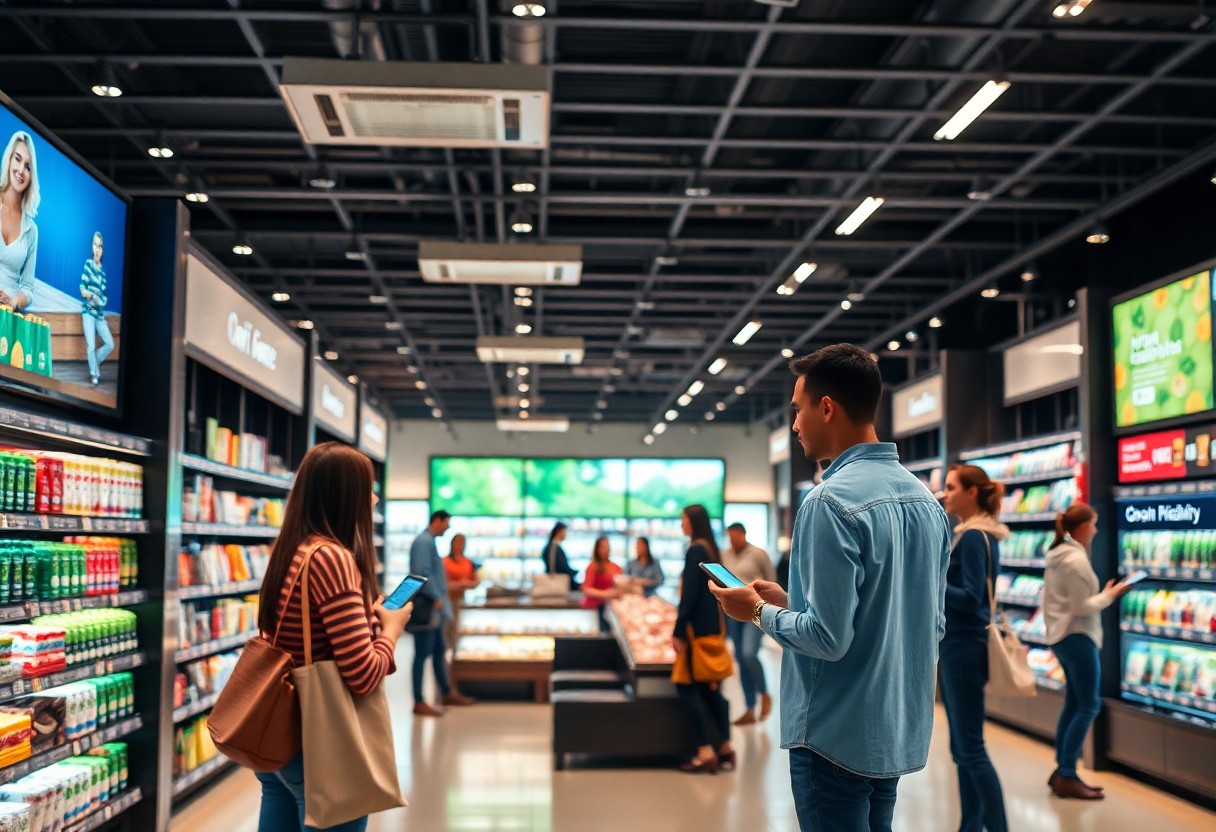
Sustainability and Ethical Retailing
To stay relevant and competitive in 2025, your business needs to understand the growing importance of sustainability and ethical retailing. Consumers are increasingly aligning their purchasing decisions with their values, expecting brands to commit to environmentally friendly practices and social responsibility. Meeting these consumer expectations is no longer optional; it’s necessary for maintaining customer loyalty and trust.
Consumer Expectations for Sustainability
Ethical consumers now demand transparency regarding the sourcing, production, and disposal of the products they buy. They prefer brands that prioritize sustainability, driving businesses to adopt more responsible practices. Providing clear information about your sustainability initiatives can significantly enhance your brand’s appeal.
Brands Leading the Charge
After acknowledging the shift towards sustainability, several innovative brands have taken the lead in adopting ethical practices. This growing trend includes initiatives like reducing waste, optimizing supply chains, and using sustainable materials, all of which resonate well with today’s conscious consumer market.
Leading the way, brands such as Patagonia and Allbirds emphasize not only sustainable production but also promote a circular economy. Their commitment to environmental stewardship serves as a powerful example of how integrating sustainable practices can enhance brand loyalty and drive sales. By aligning your brand with these values, you can position yourself as a leader in your industry.
Regulations and Compliance Trends
Below the surface, regulatory measures around environmental practices are tightening. Governments worldwide are introducing guidelines that enforce sustainable practices, compelling companies to adapt swiftly or face penalties. Awareness of these trends is vital for your business as compliance not only safeguards your operations but also aligns you with modern consumer expectations.
Charge ahead by closely monitoring emerging regulations, as failing to comply could result in significant fines or damage to your brand reputation. Being proactive in sustainability not only fulfills legal obligations but also enhances your appeal to consumers who value ethical considerations. Establish a sustainable business model to stay ahead of regulatory changes while strengthening your connection to ethically minded customers.
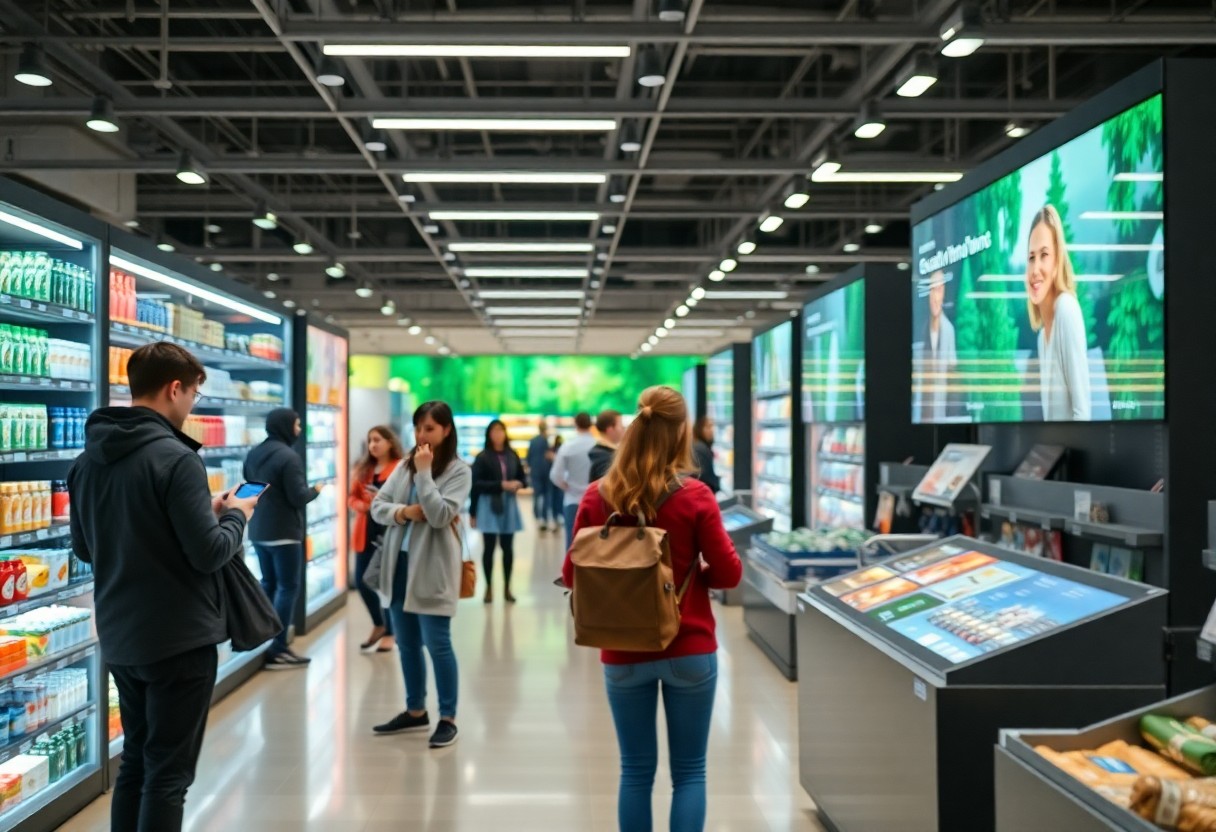
Preparing for Future Challenges
Not only must you anticipate emerging trends, but you also need to prepare for the challenges that accompany them. Having a proactive approach will keep your business resilient in the face of inevitable market shifts.
Adapting to Rapid Market Changes
Among the key challenges you’ll face is the need for agility and adaptability. As consumer preferences shift more quickly than ever, your ability to pivot your strategies will determine your success. This means developing systems that allow you to respond swiftly to new trends and customer feedback.
Cybersecurity Concerns in Retail
Behind the rise of digital retailing lies an increased threat to data security. As more customers shop online, your business becomes a prime target for cybercriminals seeking sensitive information. Protecting your customer data has never been more important.
In addition to traditional security measures, it’s vital to adopt a comprehensive strategy that includes regular updates to your systems, employee training on security protocols, and consistent monitoring for threats. By prioritizing cybersecurity, you can not only safeguard your customers but also enhance your brand’s reputation and trustworthiness in a competitive marketplace.
Training and Development for Workforce
Retail leaders must prioritize ongoing training and development for their workforce. As technology and market dynamics evolve, your employees need to be equipped with the latest skills to engage effectively with customers.
Market changes demand that you invest in your team’s professional growth through targeted training programs. Upskilling your workforce not only boosts employee morale but also enhances your service quality. Investing in your team helps ensure that their skills align with the business’s evolving needs, ultimately leading to better customer experiences and increased loyalty.
Final Words
To wrap up, as you prepare your business for 2025, staying informed about emerging retail trends will be crucial for your success. Adapting to shifts in consumer behavior, embracing technology, and prioritizing sustainability can position your brand to meet evolving expectations. By anticipating these changes, you can enhance customer experiences and drive growth in a competitive landscape. Equip yourself with knowledge and agile strategies to ensure your business thrives in the year ahead.
FAQ
Q: What are some key retail trends expected in 2025?
A: In 2025, retailers can expect several key trends, including the rise of hyper-personalization in shopping experiences, increased reliance on artificial intelligence for inventory management, and the need for omnichannel strategies that seamlessly integrate online and offline shopping experiences. Sustainability will also continue to gain importance, with consumers favoring brands that prioritize eco-friendly practices.
Q: How will technology influence retail in 2025?
A: Technology will play a significant role in shaping retail in 2025. Innovations such as virtual and augmented reality will enhance the shopping experience, allowing customers to try products virtually before purchasing. Additionally, AI and machine learning will help businesses analyze consumer behavior and preferences on a deeper level, enabling more targeted marketing and operational efficiency.
Q: What should businesses do to prepare for the shift towards sustainability in retail?
A: To prepare for the increasing demand for sustainability, businesses should assess and improve their supply chains to reduce their carbon footprint, consider sustainable packaging options, and implement eco-friendly practices in their operations. Engaging customers in sustainability initiatives, such as recycling programs or sustainable product lines, can also enhance brand loyalty and market appeal.
Q: How can retailers enhance the customer shopping experience in 2025?
A: Retailers can enhance customer experiences by focusing on personalization, where customer preferences are used to tailor offers and recommendations. Investing in customer service training, providing seamless checkout processes, and utilizing technology such as chatbots for instant assistance can also help create a more pleasant shopping experience that keeps customers engaged and returning.
Q: Will social media continue to impact retail trends in 2025?
A: Yes, social media is anticipated to remain a powerful influence on retail trends in 2025. Platforms like Instagram and TikTok will continue to shape consumer preferences and drive sales through influencer marketing and shoppable posts. Retailers should enhance their social media strategies and interact with customers to garner brand loyalty and awareness.
Q: How should businesses approach inventory management in 2025?
A: Businesses should adopt advanced inventory management solutions that leverage data analytics and real-time tracking to optimize stock levels. This can help reduce wastage and ensure that popular items are always in stock. Companies might also consider just-in-time inventory systems to minimize excess inventory and maintain agility in responding to market demand.
Q: What are some potential challenges businesses may face in 2025?
A: Potential challenges include navigating the complexities of supply chain disruptions, adapting to rapidly changing consumer preferences, and facing increased competition from new market entrants. Businesses may also encounter regulatory challenges related to sustainability practices. Preparing for these challenges through strategic planning and flexible operations will be important for success.

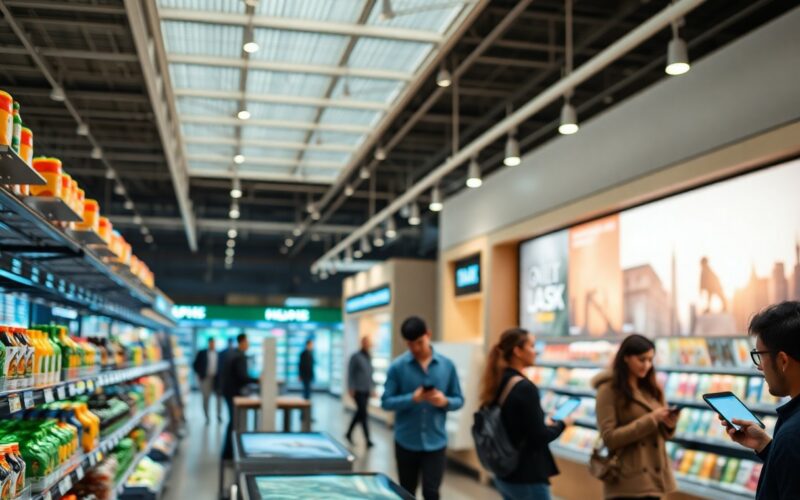
![10 Must-Have AI Tools for Startups & Small Businesses [2026]](https://smartgeekguide.com/wp-content/uploads/2025/10/top-10-ai-tools-for-startups-2026-xmg-360x240.jpg)






